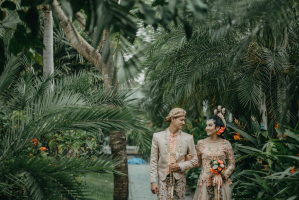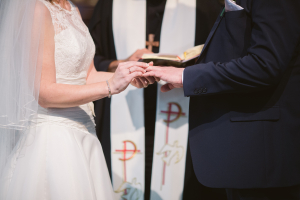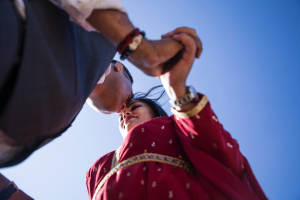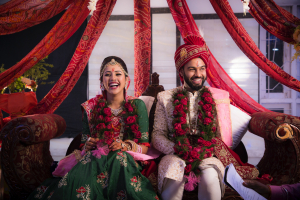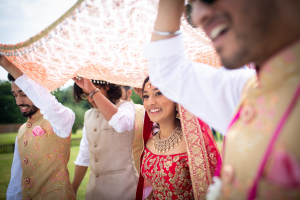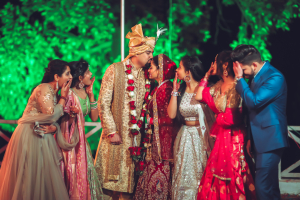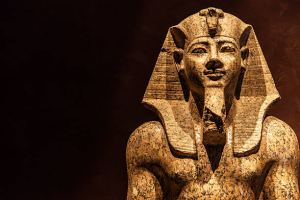Top 10 Interesting Facts about Bengali Wedding
Let's explore the most Interesting facts about Bengali weddings in the following article. Bengali weddings are a vibrant tapestry woven with cultural ... read more...traditions, rich symbolism, and heartfelt celebrations. Beyond their visual splendor, these weddings harbor a plethora of fascinating and often lesser-known facts that shed light on the depth and uniqueness of this cherished cultural event.
-
Bengali wedding is a grand festival that transcends mere celebrations, encompassing a tapestry of cultural heritage and vibrant traditions unique to the Bengali community. This multifaceted event is a harmonious symphony of joy, spirituality, and unity, spanning several days of elaborate ceremonies and festivities. Spanning multiple days, this festivity is marked by rituals such as the Gaye Holud, where turmeric paste is applied to the bride and groom's skin, and the elaborate wedding ceremony itself, conducted with the blessings of elders and the chanting of sacred mantras.
The pageantry of a Bengali wedding extends to every facet, including attire and adornments. Elaborate silk sarees and dapper sherwanis donned by the couple, adorned with intricate gold jewelry, create a mesmerizing visual display. The celebrations are punctuated by lively dance performances, each telling its tale and adding a dynamic rhythm to the festivities. As the air resonates with joy and laughter, the aroma of delectable traditional dishes wafts through the air, creating a culinary delight for all attendees.
Ultimately, a Bengali wedding transcends being a mere event; it is a living heritage that mirrors the values and traditions of an entire community. The grandness is not only in the scale of celebrations but in the emotions that flow freely, the vibrant traditions that come alive, and the lasting memories that are etched into the hearts of everyone fortunate enough to witness it.
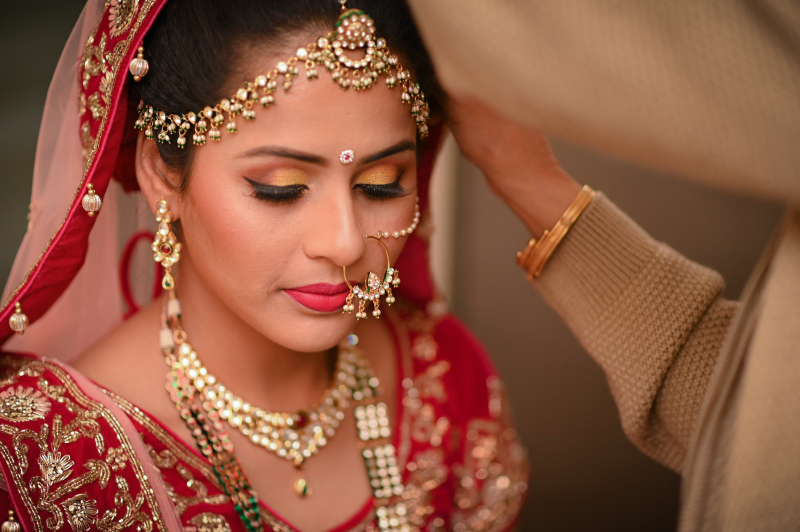
Photo by rajat sarki on Unsplash Video by Kahaani Cinema -
A Bengali wedding is an exquisite and thoroughly arranged affair. From the moment the wedding plans are set in motion, a meticulous process begins, involving orchestrating a series of ceremonies, each with unique significance. The months leading up to the big day are dedicated to elaborate preparations, ensuring that every ritual is conducted with precision and respect for tradition.
The thoroughness of a Bengali wedding is reflected in the meticulous attention given to every detail. The choice of attire is a testament to this, where both the bride and groom adorn themselves in resplendent traditional garments that often carry familial and cultural significance. These treasured ensembles passed down through generations, further accentuate the depth of tradition and connection to heritage.
The wedding venue is transformed into a breathtaking setting, adorned with vibrant decorations that hold symbolic meaning. Using auspicious colors, intricate floral arrangements, and traditional motifs transforms the space into a visual representation of cultural values and beliefs. Every corner of the venue narrates a story, resonating with the spirit of the celebration.
Even the culinary aspect of a Bengali wedding is thoughtfully planned. The menu features an array of delectable Bengali dishes, capturing the essence of the region's culinary heritage. From sweets like rasgullas and Sandesh to savory delights like macher Jhol and Biryani, the feast encapsulates the spirit of Bengali cuisine, a testament to the community's dedication to upholding its distinctive culinary legacy.
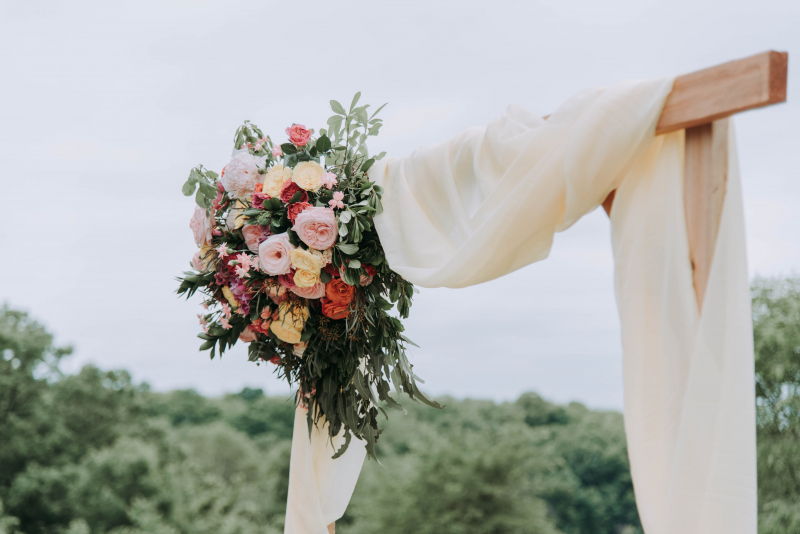
Photo by Samantha Gades on Unsplash Video by Cook with N -
Dodhi Mangal is a cherished tradition within Bengali weddings, marking the auspicious beginning of the wedding day with a meal of profound cultural significance. In the gentle embrace of the pre-dawn hours, Dodhi Mangal is a heartwarming spectacle where the groom's family orchestrates a lovingly prepared meal for the bride's family. This thoughtful gesture serves as a poignant reminder of the bride's imminent departure from her parental home to embark on a new journey with her groom. It symbolizes the groom's family extending an affectionate welcome to the bride's family, a gesture of embracing her as one of their own.
The traditional Dodhi Mangal feast is a harmonious blend of flavors that encapsulates the essence of Bengali culinary heritage. The menu often features luchi, a delicate fried bread that signifies prosperity, served alongside alur torkari, a succulent potato curry that exudes warmth and comfort.
Adding chholar daal, a sumptuous split chickpea stew, enriches the meal with its wholesome flavors. The sweets, which may include misti doi, a velvety sweet yogurt, or roshogolla, a spongy syrup-soaked delicacy, symbolize the sweetness and unity that the bride and groom bring into each other's lives. The simplicity and intimacy of this ritual serve as a poignant reminder that while weddings are grand affairs, the smaller, heartfelt moments truly shape the emotional landscape.
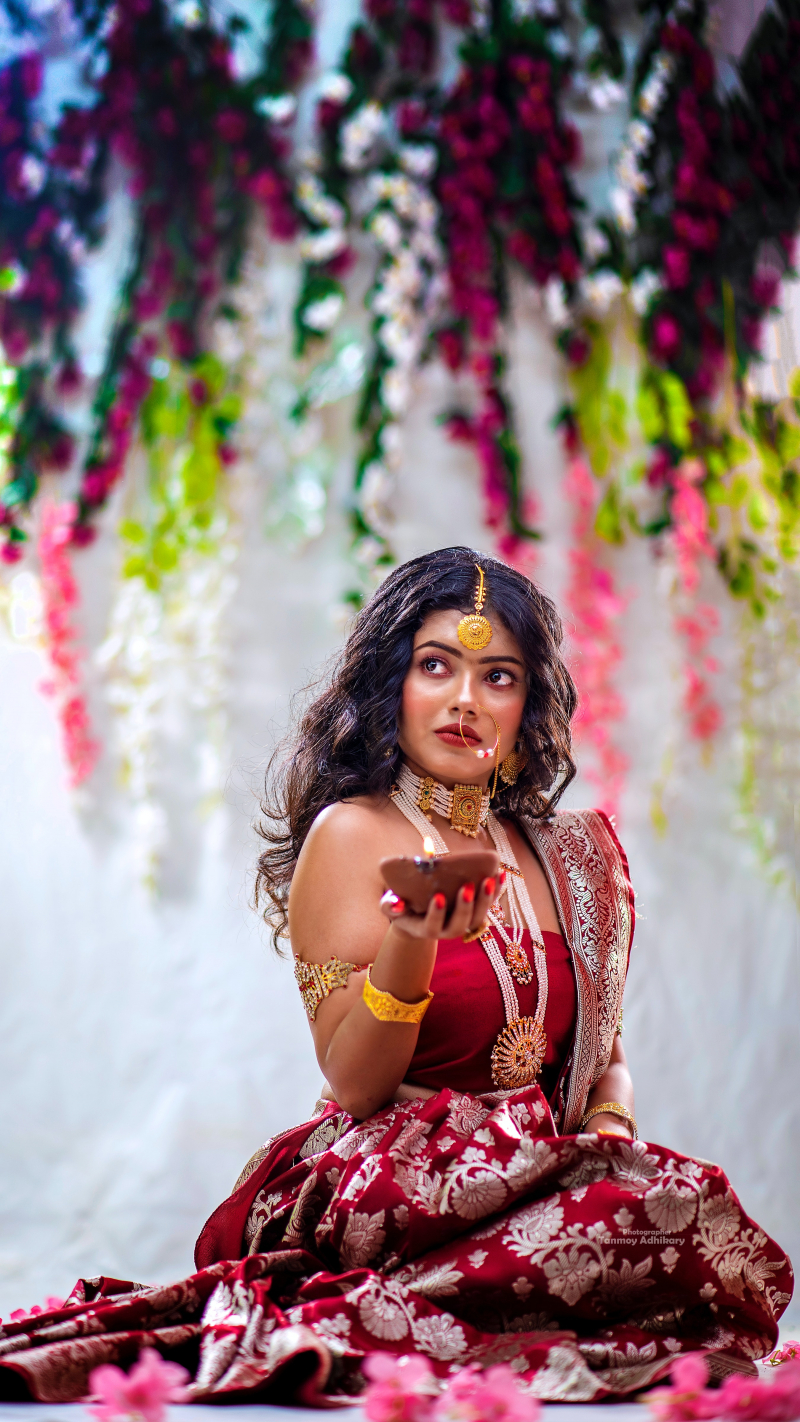
Photo by Manjishtha Mukherjee on Unsplash 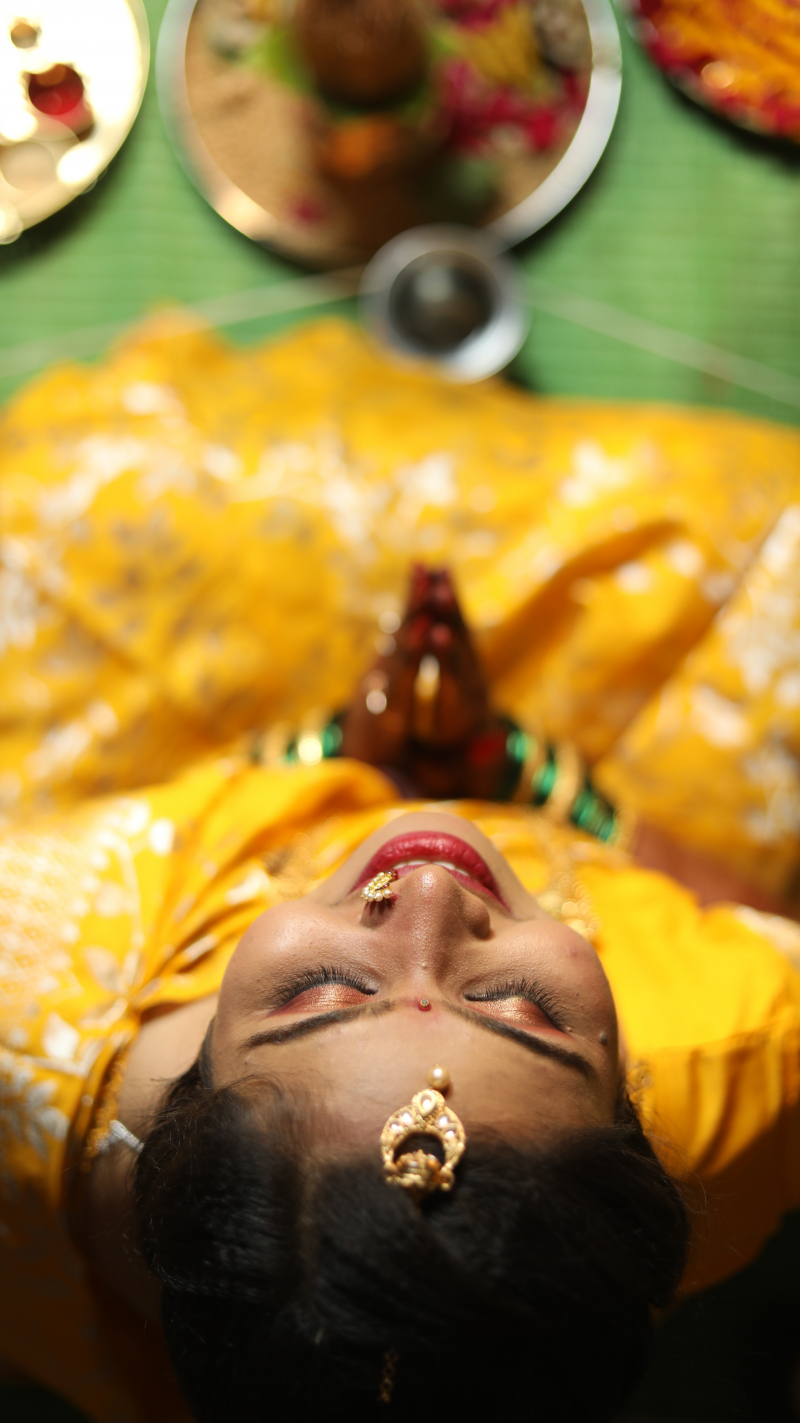
Photo by amol sonar on Unsplash -
In Bengali weddings, the ritual of inviting the sacred River Ganga to bear witness to the union is a captivating and spiritually profound tradition that sets the ceremony apart. This unique practice holds a special place in the hearts of Bengalis, as the River Ganga is not just a water body but a revered goddess, embodying purity, divinity, and the essence of life itself.
A small amount of water from the holy River Ganga, collected from its distant source, is brought to the wedding venue. This sacred water is then thoughtfully mixed with water from local sources, signifying the harmonious union of the divine and the earthly. This act mirrors the union of the couple themselves, where two souls with distinct journeys merge to create a new life together.
The presence of the River Ganga, albeit symbolically, infuses the ceremony with an aura of sanctity and reverence. As the couple partakes in this ritual, they evoke the blessings and energy of the river, seeking its purity and guidance as they embark on their shared journey.
The ritual emphasizes the significance of nature within the Bengali cultural ethos. The River Ganga is not just a physical entity but a living embodiment of the environment's intrinsic connection with spirituality. By inviting the river to witness the wedding, Bengalis acknowledge the importance of nature's role in life's rituals, underscoring the deep-seated bond between the human spirit and the natural world.
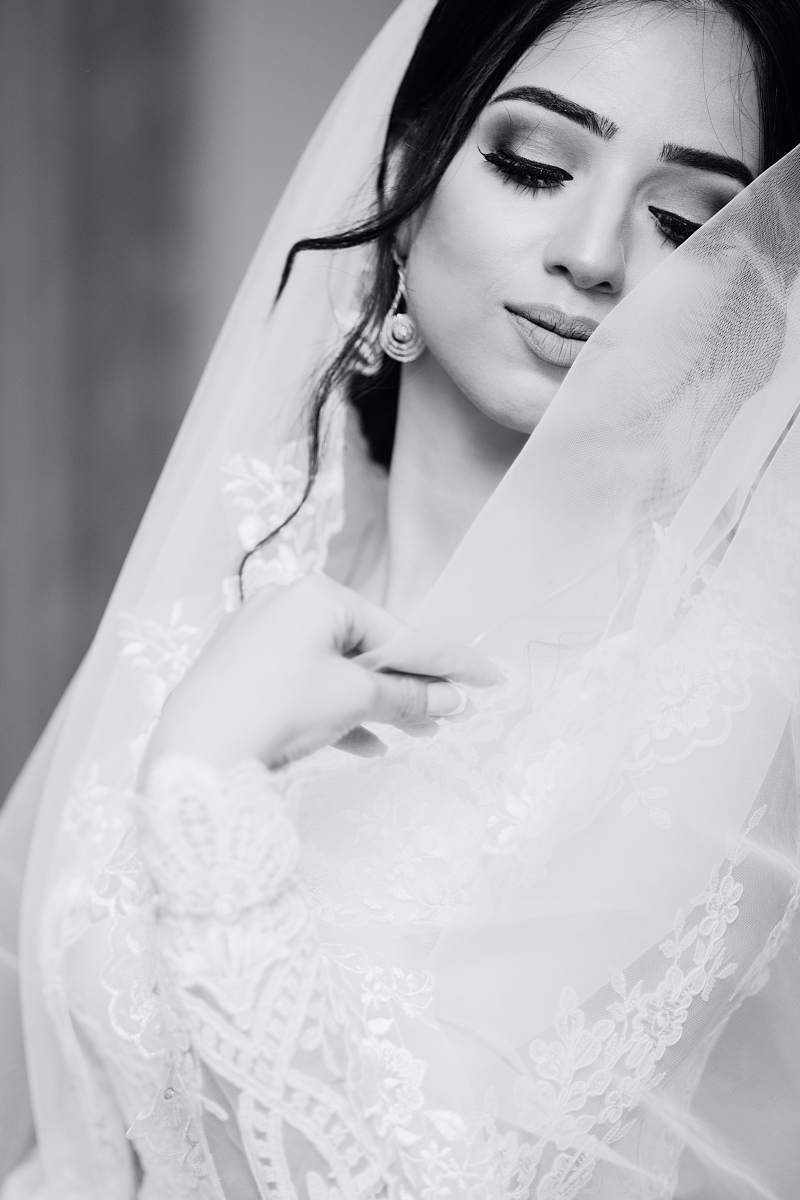
Photo by Alvin Mahmudov on Unsplash 
Photo by Shruti Singh on Unsplash -
Gaye Holud custom, an integral and vibrant facet of Bengali weddings, is a resplendent celebration that infuses the pre-wedding festivities with an aura of auspiciousness, love, and cultural richness. Often referred to as the "turmeric ceremony," this cherished ritual serves as a joyous prelude to the grand wedding day. With its origins deeply rooted in tradition and symbolism, the Gaye Holud ceremony is a poignant and colorful affair that captures the essence of Bengali heritage.
At the heart of the ceremony, a special paste made from turmeric, sandalwood, and mustard oil, is meticulously applied to the bride and groom by family members and friends. The golden-yellow hue of the paste symbolizes not only the radiant glow of the couple's love but also the blessings and well wishes bestowed upon them by their loved ones. This auspicious paste is believed to purify and beautify, preparing the couple for their forthcoming union inwardly and outwardly.
The Gaye Holud ceremony transcends mere aesthetics; it serves as a spirited celebration of unity and love between families. Relatives often come together, adorning themselves in vibrant traditional attire that adds a kaleidoscope of colors to the occasion. Traditional songs, music, and dance performances fill the air, infusing the ceremony with an infectious energy that spreads joy and laughter.
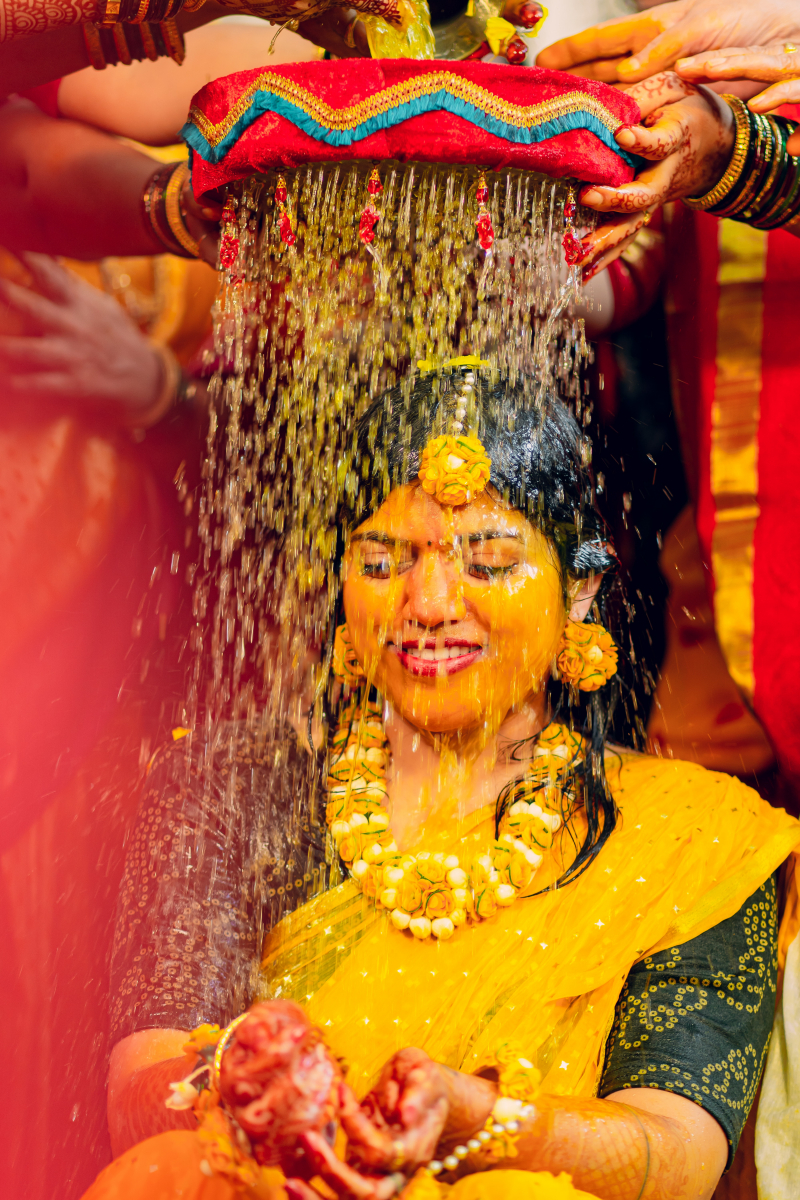
Photo by Arun Prakash on Unsplash 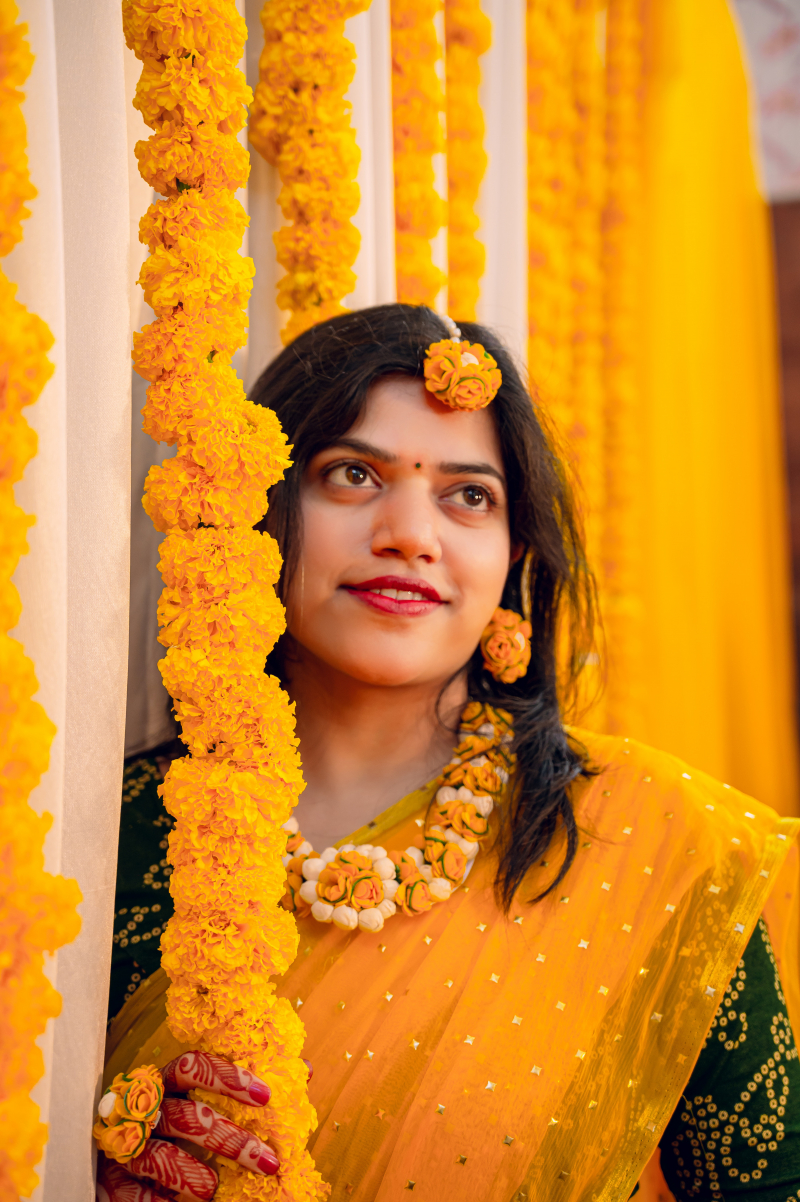
Photo by Arun Prakash on Unsplash -
Patta Bastra, an intrinsic element of Bengali weddings, stands as a poignant embodiment of tradition, spirituality, and cultural heritage. This sacred attire, often referred to as the "wedding saree," goes beyond being a mere garment; it holds the weight of generations, symbolizing the continuity of family lineage and the sanctity of the matrimonial journey.
Crafted with meticulous attention to detail, Patta Bastra is a masterpiece of artistry, intricately woven with rich embroidery, dazzling motifs, and vibrant colors that reflect the opulence of Bengali culture.
This revered attire is a treasure trove of stories and memories. Passed down through generations, it carries within its threads the history of ancestors and the blessings of previous unions. Patta Bastra is a tangible connection to one's roots, a living heirloom that traverses time and bridges the gap between past and present.
When a bride drapes herself in the Patta Bastra, she is not just adorning herself in beautiful attire; she is enveloping herself in a legacy. The attire signifies her transition from one phase of life to another, a symbolic metamorphosis into a wife. As she takes her steps towards the wedding altar, she carries with her the hopes, dreams, and well-wishes of her family, embodied in the intricate motifs that adorn the fabric.
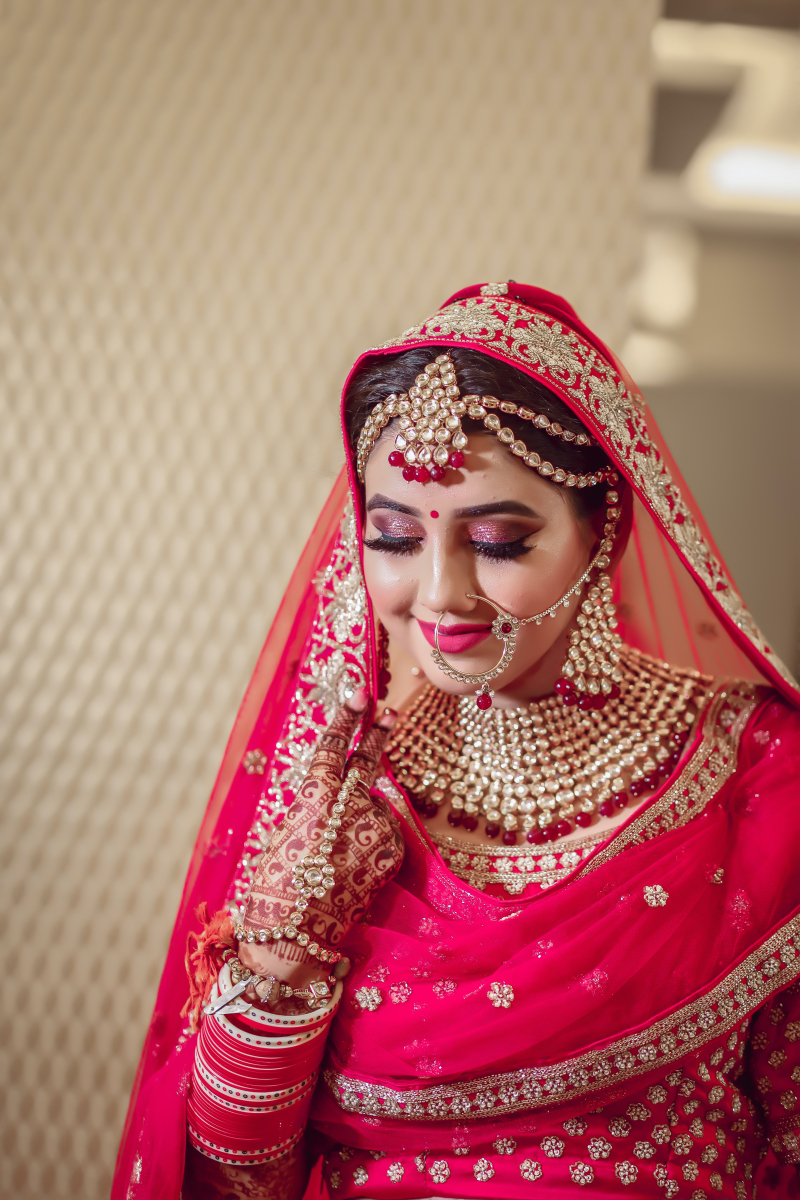
Photo by Alok Verma on Unsplash 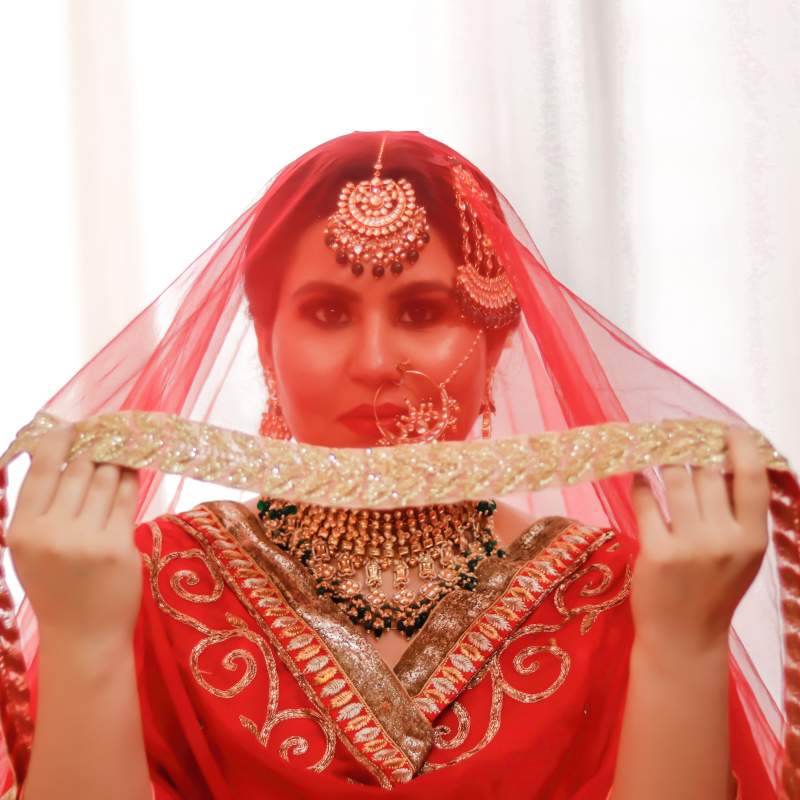
Photo by Dollar Gill on Unsplash -
Yagna, an intricate and spiritually profound custom integral to Bengali weddings, kindles the sacred fire of tradition, uniting the couple in a bond that transcends the physical realm. The ceremony involves offerings to the fire, signifying the couple's devotion, sacrifice, and gratitude. Rice, ghee, and herbs are tenderly placed into the fire, carrying the couple's intentions and prayers to the heavens. As the fire dances and crackles, its warmth and radiance symbolize the illumination of knowledge, virtue, and marital bliss that will guide the couple's path.
Yagna goes beyond the physical; it's a spiritual union. The couple's recitation of sacred mantras reflects their shared aspirations, values, and commitment. The mantras, uttered with devotion and sincerity, become a channel for divine blessings, enveloping the couple in a cocoon of positivity and spiritual energy.
Yagna is a testament to the couple's deep-seated connection with their heritage. Rooted in the wisdom of ancient texts, this ritual underscores the timeless essence of their culture. As the flames of the Yagna rise, they mirror the rising spirits of the couple, setting the stage for the new chapter they are about to embark upon. The fragrance of incense, the rhythmic chanting, and the ethereal atmosphere culminate in a moment of transcendence—an affirmation of love, shared values, and the spiritual journey of two souls intertwining into one.
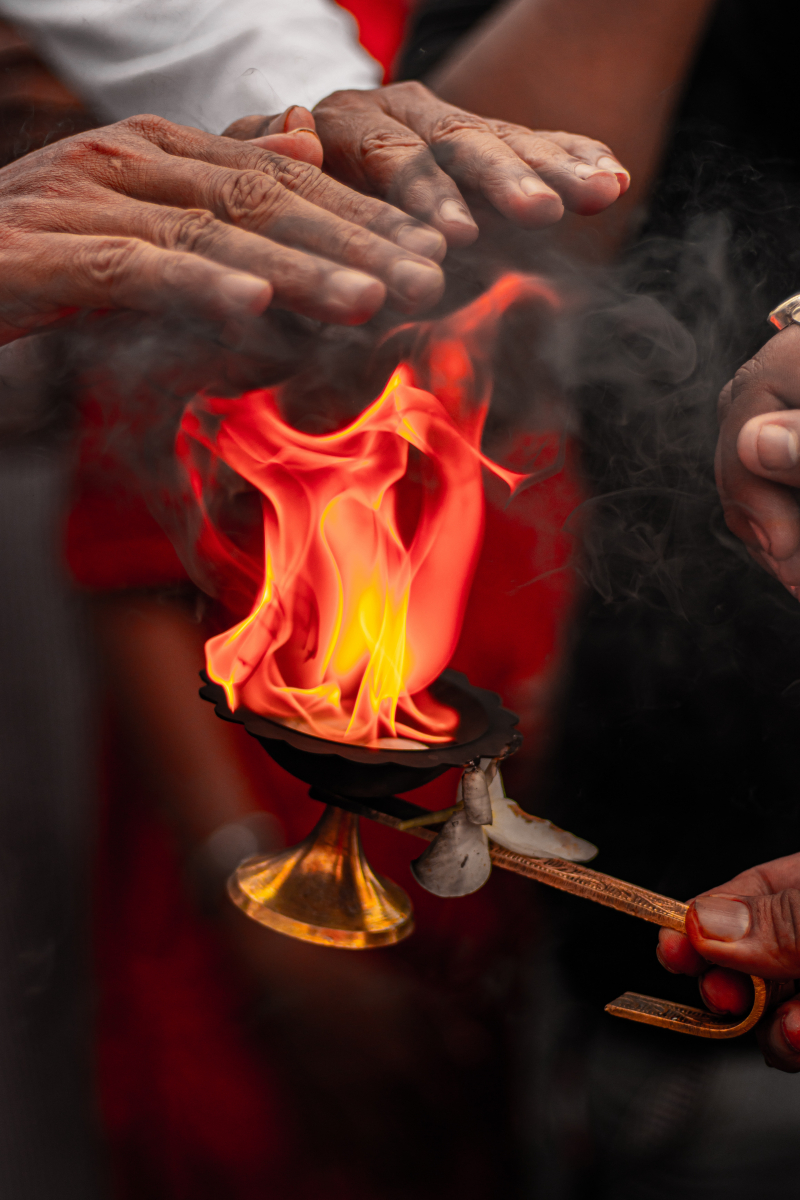
Photo by Subro Roy on Unsplash 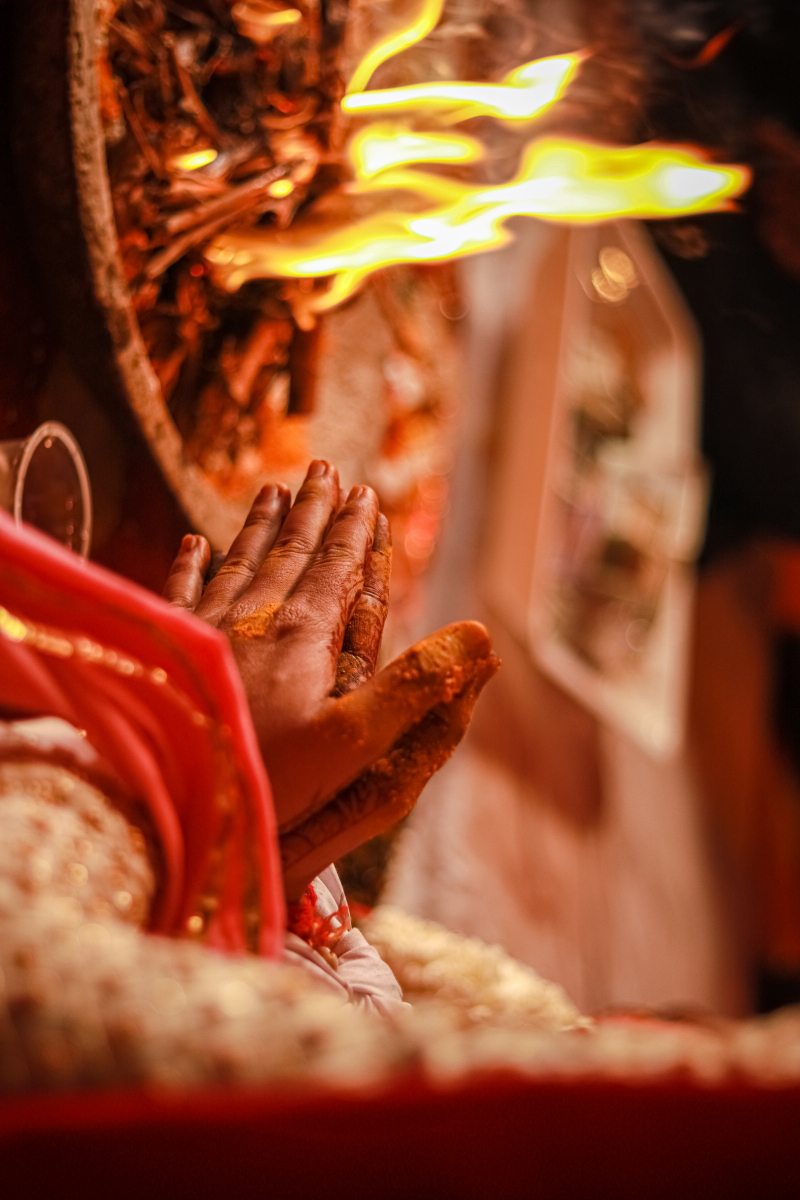
Photo by aneet singh on Unsplash -
Subho Drishti, an enchanting custom within Bengali weddings, ushers in the ceremony with a delicate interplay of emotions, tradition, and spirituality. Translated as "auspicious sight," Subho Drishti captures the poignant moment when the groom and bride exchange their first gazes in the presence of their families and witnesses. This cherished ritual is infused with profound symbolism, representing the union of two souls, each a universe unto themselves, and the beginning of their shared journey.
As the bride, adorned in resplendent bridal attire, makes her way towards the groom, concealed behind a betel leaf curtain held by the elders, anticipation and excitement fill the air. The groom, in all his regalia, awaits the unveiling, the veil acting as a metaphorical threshold between their separate lives. The moment the curtain is lowered, their eyes meet—a moment that transcends time.
Subho Drishti is a glimpse into the unspoken promise of lifelong companionship. The exchanged glances are laden with emotions: hope, joy, and the quiet acknowledgment of the path that lies ahead. This shared look is believed to forge an unbreakable bond between the couple, connecting their hearts and sealing their fates.
Moreover, Subho Drishti underscores the spiritual sanctity of the union. The couple's gazes, intertwined in that brief encounter, reflect the merging of their destinies. It's a sacred instant that speaks of unity not just between two individuals, but between families and communities. As they exchange glances, they are not only acknowledging each other's presence but also inviting blessings and well-wishes from those around them
Video by ujjaldasphotography 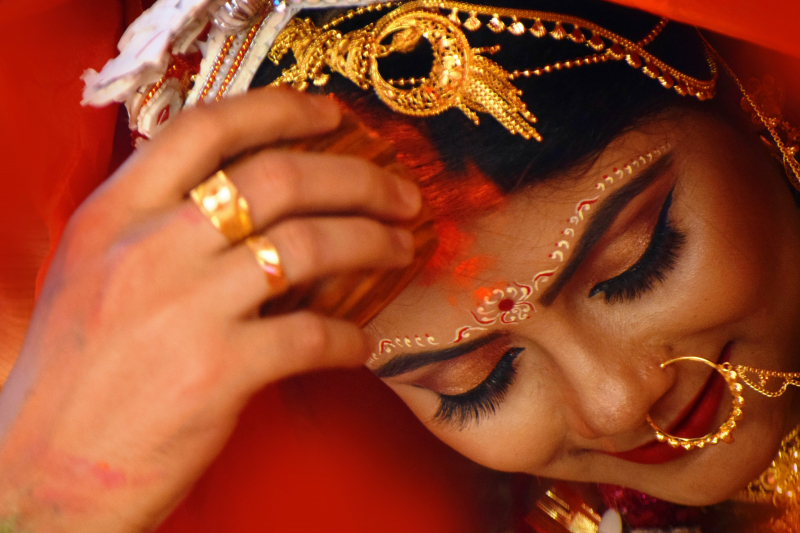
Photo by Arka Karmakar on Unsplash -
Saptapadi, an enchanting ritual in Bengali weddings, encapsulates the essence of unity, commitment, and shared aspirations as the couple embarks on a journey of togetherness. Translated as "seven steps," Saptapadi is a profound ceremony where the bride and groom take seven symbolic steps together, each signifying a vow and promise they make to each other and the universe. As they walk around the sacred fire, their union is witnessed by their families and sanctified by the divine forces.
With each step, the couple makes a heartfelt promise, a promise to nourish and support each other in times of joy and sorrow, to grow together spiritually, to share responsibilities, to respect each other's families, to cultivate love, to cherish companionship, and to remain loyal and faithful. These vows, steeped in tradition and meaning, lay the foundation for a harmonious and enduring marriage.
The symbolism of Saptapadi transcends the material world. Each step is a profound stride towards a shared future, a journey enriched with love, trust, and mutual understanding. The sacred fire that bears witness to their promises represents the eternal witness - timeless and unchanging.
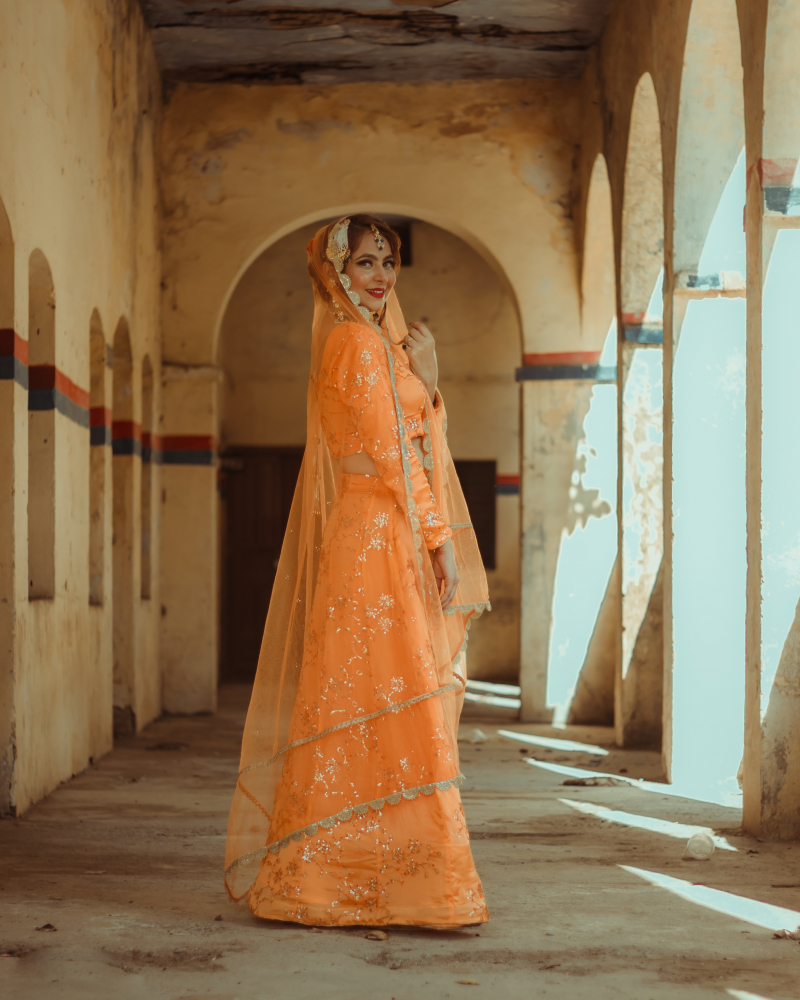
Photo by Dollar Gill on Unsplash Video by Bengali Puja Path -
Translated as "bedecking with flowers," Phool-sajya is a magical night where the groom accompanies his bride to their beautifully adorned chamber for their first night together as a married couple. This ritual marks the culmination of the wedding festivities and symbolizes the consummation of their union.
The chamber, adorned with fragrant flowers and soft textiles, becomes a haven of romance and intimacy. The air is charged with excitement and nervous anticipation as the couple embarks on this transformative journey together. The groom, guided by the officiating women of the family, leads his bride to the chamber, each step a blend of tradition and personal emotion.
Phool-sajya ceremony is more than just a physical union; it embodies the merging of two souls and the culmination of the vows made during the wedding rituals. It's a night of newfound intimacy, where the couple begins to unravel the layers of their shared journey, nurturing the seeds of their love that have been sown during celebrations.
Phool-sajya, with its blend of tradition, romance, and cultural values, encapsulates the profound beauty of Bengali weddings. The fragrant flowers that adorn the chamber mirror the blossoming of love, while the soft textiles evoke the comfort and warmth of a shared life. It's a night of tenderness, vulnerability, and anticipation—a night that stands as a poetic ode to love, union, and the promise of a lifelong journey side by side.
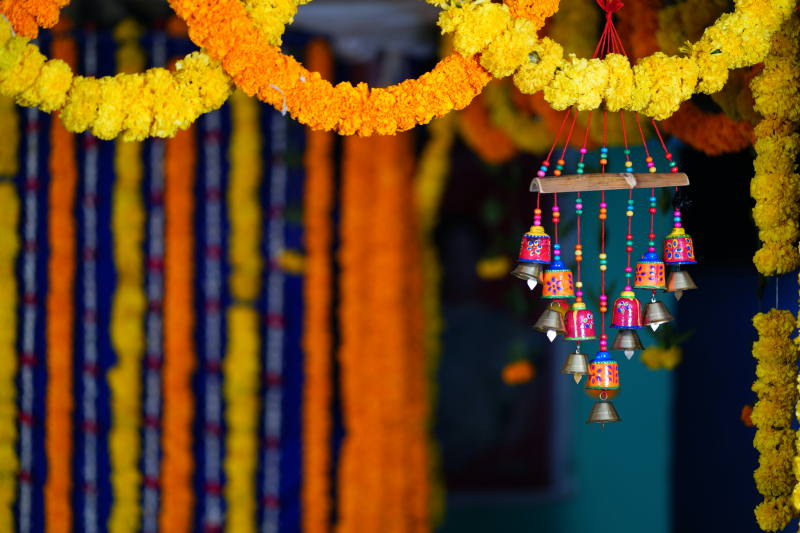
Photo by Joshuva Daniel on Unsplash Video by Shruti Wedding Planner












